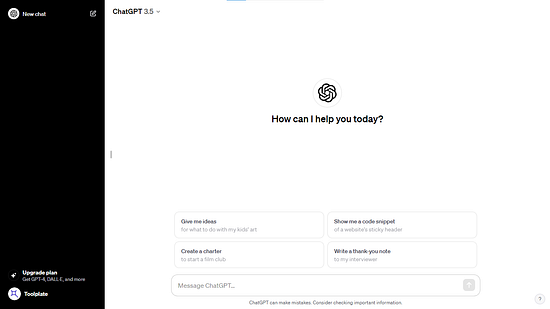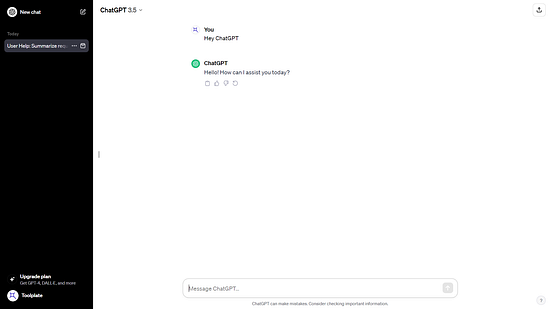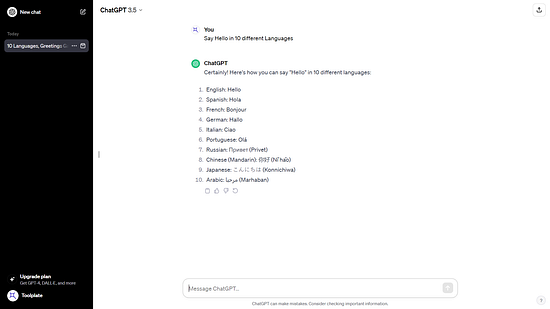Home / Blog Generator / ChatGPT
AI blog-generator
ChatGPT
Freemium
AI Writing Tools
The AI copywriting and research tool for your school projects, work assignments, daily work, and inspiration ideas! ChatGPT can really do it all!
ChatGPT screenShots



Overview of ChatGPT
FAQs Of ChatGPT
ChatGPT is a language model developed by OpenAI, specifically GPT-3.5 architecture. It's designed for natural language understanding and generation, making it capable of engaging in conversations, answering questions, and generating human-like text based on input prompts.
To use ChatGPT, you can interact with it through an API by sending a series of messages as input and receiving model-generated responses. Alternatively, you can try it on the OpenAI website by entering prompts and receiving instant replies in a conversational format.
ChatGPT is valuable for natural language understanding and generation. It excels in tasks like answering questions, providing information, and engaging in dynamic conversations, making it versatile for a wide range of applications, from customer support to content creation.
ChatGPT stands out due to its conversational abilities, allowing it to understand and generate human-like responses in a dynamic dialogue.
While it doesn't provide direct translation, you can use it to generate text in another language by prompting it accordingly. What's the difference between ChatGPT and traditional chatbots? ChatGPT is more versatile and context-aware, offering more natural and dynamic conversation compared to rule-based chatbots.
Yes, ChatGPT can assist with programming questions and generate code snippets based on your queries.
Yes, ChatGPT's content avoids direct copying (no copy-pasting). However, it often paraphrases and integrates ideas from existing sources, offering a restructured version when prompted. It's important to note that proper attribution may not always be provided in such instances.
ChatGPT is used for a wide array of applications ranging from natural language processing tasks to customer service and beyond. It excels in understanding and generating human-like text based on the prompts it receives, making it an invaluable tool for creating conversational AI systems. Users can leverage it to automate responses to frequently asked questions, provide tutoring on various subjects, and assist with language learning through interactive dialogues. Its ability to produce coherent, contextually relevant text in a conversational style allows for applications in content creation, such as drafting articles, composing emails, and even generating creative writing or poetry.